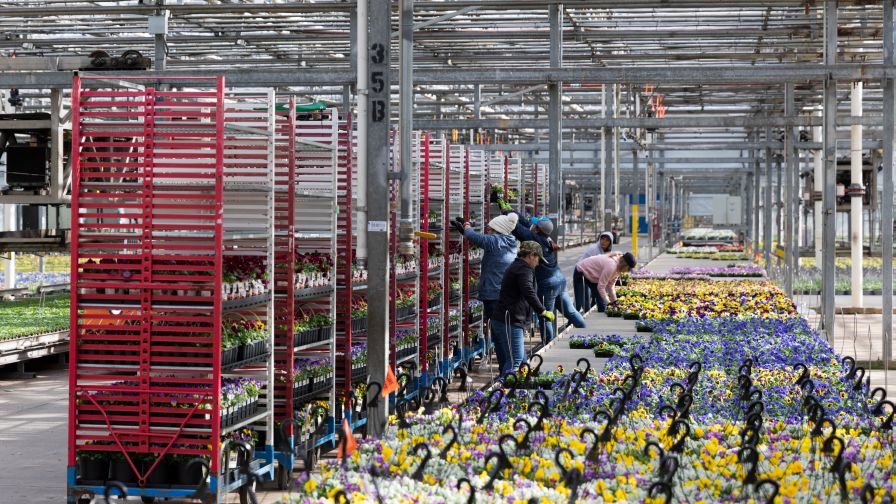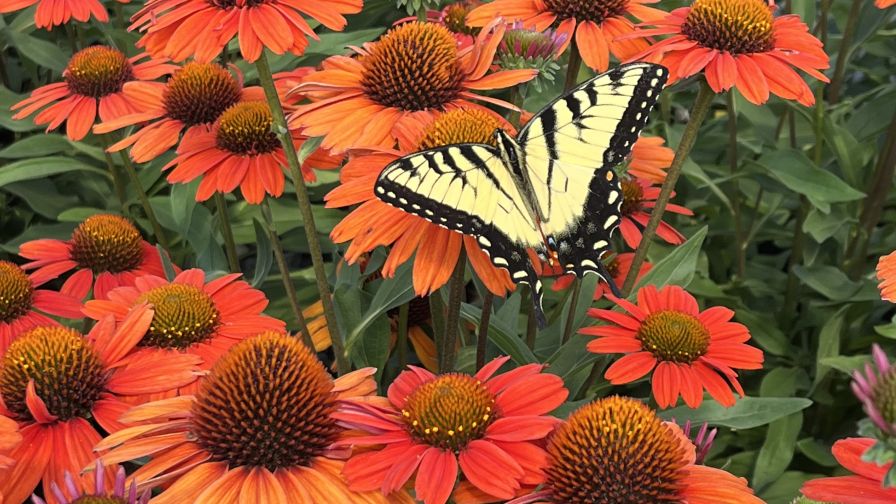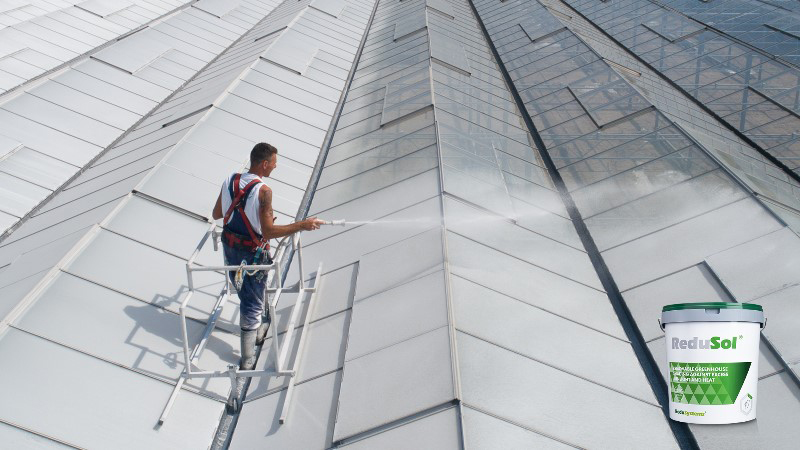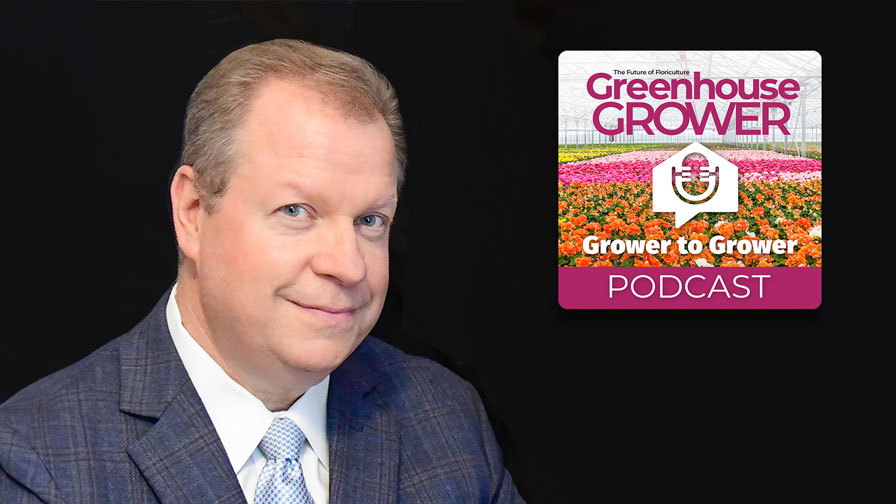Five Factors to Consider Before You Begin Growing Cannabis
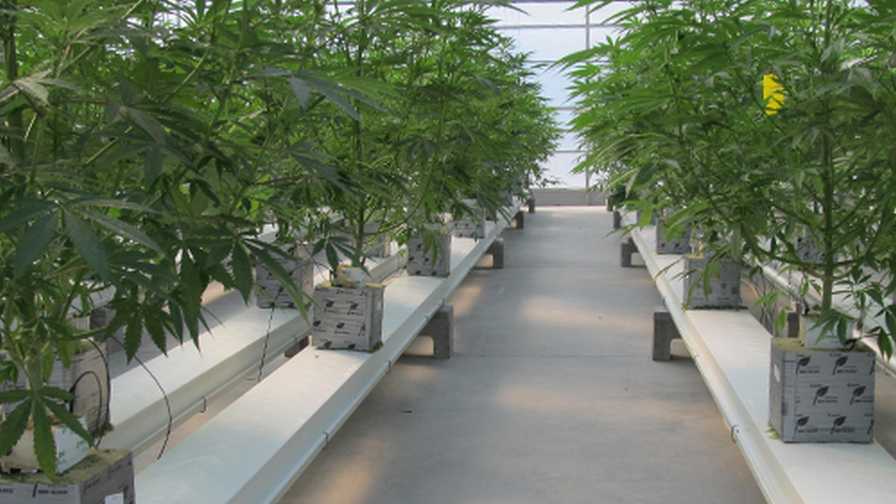 Growing cannabis in a greenhouse is similar in some ways to growing other crops such as ornamentals and vegetables. Cannabis, like most plants, requires the right plant nutrients, the correct amount of water, and the appropriate quantity of light to remain healthy. A controlled environment, such as a greenhouse, allows growers to meet these requirements by providing the ability to control feeding, light levels (sunlight or artificial), humidity, temperature, etc.
Growing cannabis in a greenhouse is similar in some ways to growing other crops such as ornamentals and vegetables. Cannabis, like most plants, requires the right plant nutrients, the correct amount of water, and the appropriate quantity of light to remain healthy. A controlled environment, such as a greenhouse, allows growers to meet these requirements by providing the ability to control feeding, light levels (sunlight or artificial), humidity, temperature, etc.
Despite the similarities in meeting basic plant needs to grow a quality crop, there are several key factors a grower should consider when looking to grow cannabis, especially when compared to traditional vegetable crops. For starters, cannabis must be grown to pass each state’s testing qualifications to be approved for distribution and sale.
Higher Crop Prices Mean Bigger Budgets
One of the biggest differences I’ve seen in the industry between growing cannabis or other crops is based on the margin or profitability that the cannabis crop currently commands. From environmental controllers, to lighting, light deprivation, and glazing options, I see more money being spent on infrastructure than I have ever seen in a comparable vegetable operation. Air conditioning is the perfect example. Traditionally, most growers would never use air conditioning in a greenhouse. Many vegetable greenhouses will use cooling in one way or another, but it is typically evaporative cooling. Why is this? Other than greenhouses being relatively inefficient structures, most growers simply cannot justify the associated costs in a vegetable and ornamental operation. In the cannabis market, where product prices and margins are much higher, growers can justify a tool like air-conditioning.
Don’t Skimp on Environmental Control
No grower ever said, “I wish I had less control over this environment.” Similar to the air-conditioning idea, there are many examples of cannabis facilities that are smaller than ¼ of an acre, but they have environmental-control computers that are north of six figures. Cannabis plants thrive in optimal conditions, and a controller helps take out the guesswork while minimizing room for error. Cloud-monitoring systems, for example, make it easy for growers to remotely monitor humidity, temperature, CO2, nutrient levels, and more. Every grower who uses some form of controlled environment agriculture can benefit from an environmental controller, whether it’s on a basic level of timers and thermostats, or as complicated and controlled as can be imagined.
Approach Plant Nutrition Differently
Cannabis plants are heavy feeders, much like tomatoes, and increase their intake when in the flowering state. For that reason, a nutrient injection system that can feed multiple zones is efficient in cutting down on labor costs and ensuring accuracy in the solution being fed to the plants. A common practice with cannabis plants is to flush them at the end of a growth cycle. This is done by feeding the plant pH-balanced water of 5.8 to 6.2 for several days to flush out all the fertilizer from its life cycle. This ensures the product is free of residual salts, which is a requirement in most state testing guidelines.
Factor City Lighting Ordinances into Your Operating Budget
If you grow any types of plants in a greenhouse, you have probably experienced a time where you wished you had more light. A controlled-environment structure typically has supplemental lighting to make up for lower light levels during the winter months or on cloudy, overcast days. Many cannabis growers need to light for full sun because there may be times of the year where they will have to have their light-deprivation system closed but will still need a 12-hour light cycle. This often happens due to a light pollution ordinance. Many cities and municipalities have strict zoning rules or regulations regarding light pollution. Cannabis structures can be subject to additional requirements (odor control, street visibility, security, etc.) that can be extremely costly if not accounted for in the initial project phases.
Pay Strict Attention to Pest and Disease Control
Pest and disease control is an area often overlooked, not only in cannabis facilities but in vegetable operations, as well. Pest and disease management is even more critical with cannabis plants because of the stringent testing laws regulating the market. A majority of greenhouse pests come in through unscreened vents, and yet I still see many facilities without any kind of insect screening or prevention. It’s important to have a plan in place to prevent major outbreaks rather than trying to catch up and combat an already existing problem. This can be achieved by introducing beneficial insects, or by implementing a fog/spraying system early on.
As with all agriculture, there are no clear-cut answers for how to grow or how to achieve success in the cannabis market. There are only answers of varying correctness that will work better or worse for each grower based on his or her situation and environment. The biggest takeaway is that growing cannabis, like all other plants, requires careful attention and planning. My best advice is to research your equipment partners, visit similar operations, and learn from others in the industry who can help support you.





